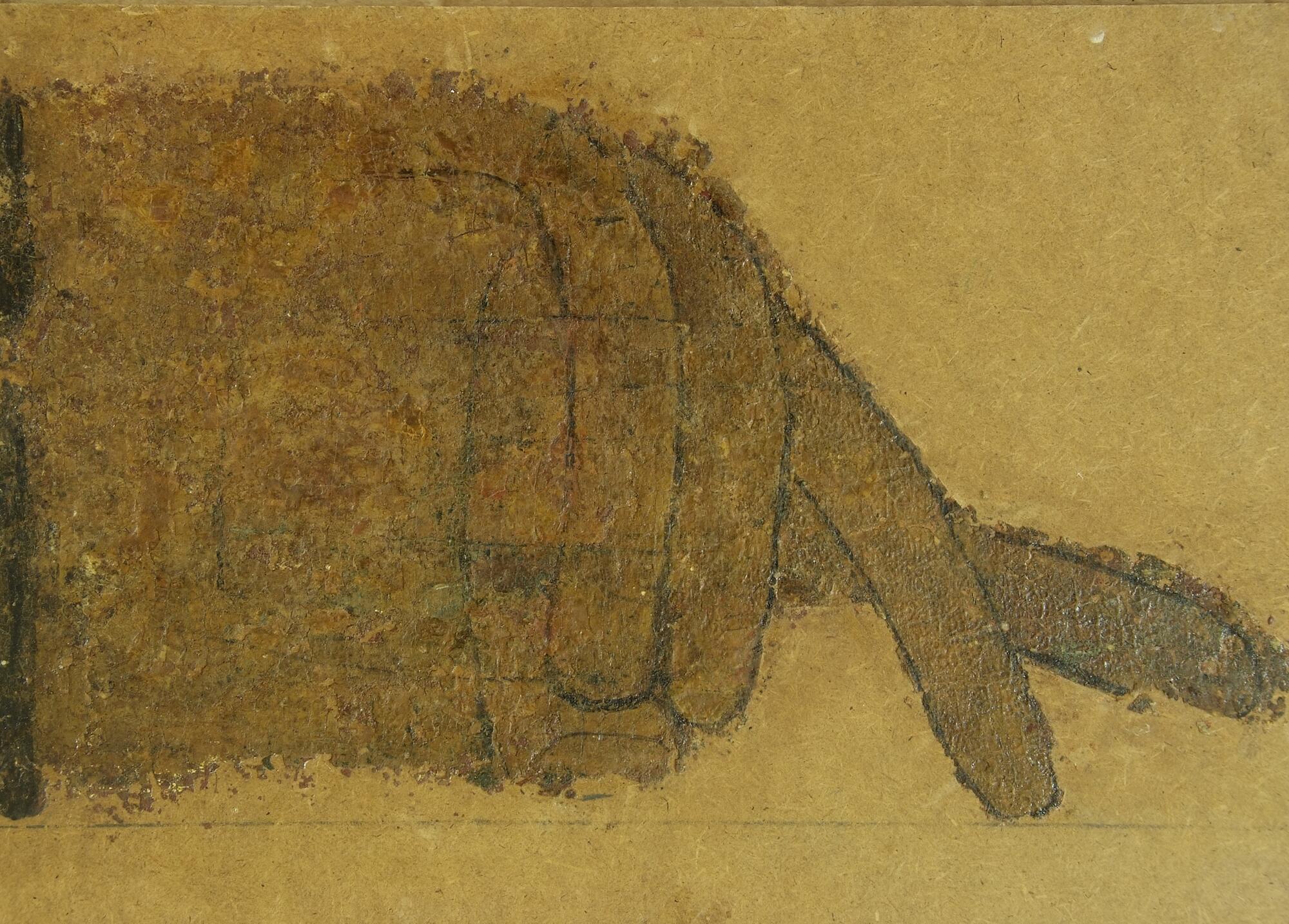Saint Nicholas of Myra, also known as Nicholas the Wonderworker, Pleaser, and Intercessor, is the most famous saint not only in the Orthodox but also in the Catholic Church. In Russia, he is second only to the Virgin Mary according to the number of icons and churches dedicated to him.
Nicholas was born in Patara, Lycia. His parents were Christians, and Nicholas was a devout believer since early childhood. There are two different stories as to how he became the Bishop of Myra. According to one of them, his uncle, Nicholas of Patara, who held the same position earlier, made his nephew a reader and later ordained him as a priest. The other version says that the Council of Nicaea appointed him the bishop when he was still a layman after a miraculous vision.
Nicholas’ first years as the bishop coincided with the reign of Emperors Diocletian and Maximian (until 305) who persecuted Christians. In the West of the Roman Empire, the persecution ended in 305, but in the East, it continued until 311. However, soon the Edict of Toleration was issued which was applied for the rest of his time as a bishop, and Christian communities began to develop around Europe. At the same time, paganism and heresy were also widely spread, and Saint Nicholas strove to fight against them.
Nicholas the Wonderworker became famous as a peacemaker, the protector of the falsely accused, children, women without dowry, widows, fishermen, travelers, and sailors. For example, his status as the patron saint of sailors is illustrated by the story of how the young Nicholas resurrected a sailor who had died in a storm after falling from the mast.
Canonical icons of Nicholas the Wonderworker include half-length and full-length images, as well as images with hagiographical scenes. This icon painted in the first quarter of the 15th century was discovered in a destroyed church only in the 1960s.
Its restoration took more than twenty years. The first experimental cleaning was conducted by Larisa Rybtseva, an icon restoration artist of the Yaroslavl Art Museum, in 1979–1981. Her work was continued by Natalya Dunayeva, a top-ranked restoration artist from Moscow. In 1999–2001, the icon was completely cleaned, and it was discovered that its centerpiece had changed throughout history. A close-up image of the saint painted in the 15th century was hidden under the full-length image in the 18th century. During the restoration work, the newer image was removed and transferred to another board.
As a unique example of restoration art, the icon was displayed at two Moscow exhibitions.
This is the eighth icon in the museum collection that was painted in the 15th century. It was included in the permanent exposition the year of the 30th anniversary of the Old Russian Art exhibition in the Metropolitan’s Chambers.
Nicholas was born in Patara, Lycia. His parents were Christians, and Nicholas was a devout believer since early childhood. There are two different stories as to how he became the Bishop of Myra. According to one of them, his uncle, Nicholas of Patara, who held the same position earlier, made his nephew a reader and later ordained him as a priest. The other version says that the Council of Nicaea appointed him the bishop when he was still a layman after a miraculous vision.
Nicholas’ first years as the bishop coincided with the reign of Emperors Diocletian and Maximian (until 305) who persecuted Christians. In the West of the Roman Empire, the persecution ended in 305, but in the East, it continued until 311. However, soon the Edict of Toleration was issued which was applied for the rest of his time as a bishop, and Christian communities began to develop around Europe. At the same time, paganism and heresy were also widely spread, and Saint Nicholas strove to fight against them.
Nicholas the Wonderworker became famous as a peacemaker, the protector of the falsely accused, children, women without dowry, widows, fishermen, travelers, and sailors. For example, his status as the patron saint of sailors is illustrated by the story of how the young Nicholas resurrected a sailor who had died in a storm after falling from the mast.
Canonical icons of Nicholas the Wonderworker include half-length and full-length images, as well as images with hagiographical scenes. This icon painted in the first quarter of the 15th century was discovered in a destroyed church only in the 1960s.
Its restoration took more than twenty years. The first experimental cleaning was conducted by Larisa Rybtseva, an icon restoration artist of the Yaroslavl Art Museum, in 1979–1981. Her work was continued by Natalya Dunayeva, a top-ranked restoration artist from Moscow. In 1999–2001, the icon was completely cleaned, and it was discovered that its centerpiece had changed throughout history. A close-up image of the saint painted in the 15th century was hidden under the full-length image in the 18th century. During the restoration work, the newer image was removed and transferred to another board.
As a unique example of restoration art, the icon was displayed at two Moscow exhibitions.
This is the eighth icon in the museum collection that was painted in the 15th century. It was included in the permanent exposition the year of the 30th anniversary of the Old Russian Art exhibition in the Metropolitan’s Chambers.






